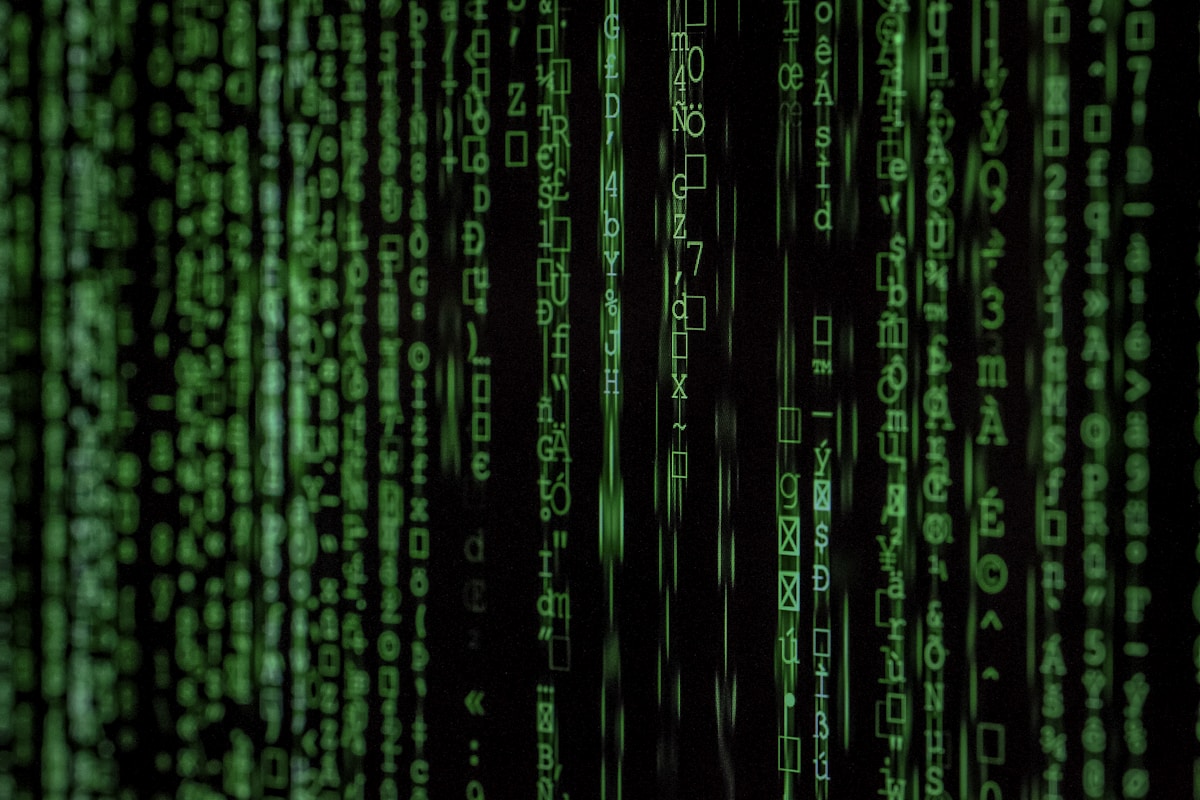Magic Studio AI: Create Pixar 3D Character Transformations
Learn how Magic Studio AI art generator converts photos into Pixar-style 3D animated characters. Professional guide with expert techniques and tips.

Magic Studio AI: Create Pixar 3D Character Transformations
Pixar movies resonate because their worlds feel believable, lovable, and emotionally authentic. Behind every charming hero is a rigorous design language that balances shape psychology, stylized realism, and cinematic lighting. With Magic Studio AI, you can recreate that magic from an ordinary photograph and deliver a character sheet that looks like it walked out of Emeryville. This guide breaks down the full creative pipeline, from pre-production and parameter tuning to post-render polish and team collaboration, so you can consistently produce production-ready Pixar style portraits.
Decoding the Pixar Signature
Pixar characters rely on clear silhouettes, strong primary shapes, and readable facial topology. Heads are generally spherical or egg-shaped, torsos rely on block-like masses, and limbs taper gently to keep the figure light. Proportions skew toward larger heads and hands to amplify expression. Pay attention to the "smile line" that arcs from cheeks to mouth and the way brows sit as floating plates above the eyes. These planes drive emotional readability, so keep them clean when preparing reference photos.
Color and Lighting Philosophy
Color in Pixar storytelling does more than look pretty—it supports narrative beats. Warm hues telegraph trust and safety; cool hues imply mystery or tension. Lighting almost always follows a three-point setup: a warm key, a cooler fill, and a rim that separates the character from the environment. Magic Studio AI lets you dial this in via illumination presets, but you can push the look further by exporting depth and normal passes for manual relighting in Blender or After Effects. Introduce gentle bloom and a subtle film grain to prevent the render from feeling too plastic.

Preparing Source Photography
Start with a high-resolution portrait shot at eye level. Avoid harsh shadows or aggressive makeup that might confuse the AI. Capture a neutral expression along with a smiling variant if you plan to build an emotion library. For teams, create a mini style bible that documents wardrobe types, color swatches, and prop silhouettes so that every source photo arrives with a consistent baseline.
Configuring Magic Studio AI
1. Upload the photo and choose the "Pixar 3D Character" template. 2. Set Strength between 78 and 86 to keep facial recognition while embracing stylization. 3. Increase Surface Detail to 55 for cloth folds and hair strands without generating noise. 4. Toggle Face Preservation to medium. This maintains likeness yet allows nose and jaw reshaping. 5. Enable Color Harmony so costumes follow a controlled triadic palette. 6. Export both PNG and layered PSD outputs for downstream editing.

Parameter Deep Dive
- Volume Sculpting: Adjust the Cheek Roundness slider to keep cheeks buoyant—values around 65 mimic Pixar's soft cheeks without flattening bone structure. - Eye Gloss: Increasing specular intensity introduces the signature sparkle. Aim for 35 to 45 so highlights stay believable. - Hair Grooming: Use the Strand Organization control to decide between stylized clumps or flowing locks. Pixar hair often combines broad shapes with a few detailed wisps, so balance is key. - Fabric Microdetail: When clothing is central to a character's identity, raise microdetail to 60 and add a gentle anisotropic highlight in post to emulate synthetic fabrics.
Bringing Characters to Life
Rendering a still portrait is only the first step. Plan an expression range that covers surprised, joyful, focused, and contemplative looks. Capture these by duplicating the scene and nudging the Expression Dynamics slider, then finish in Photoshop by painting extra eyelid creases or dimples. For shots needing body interaction, export depth and normal passes to reposition limbs in 3D software or paint-overs.
Narrative Considerations
Pixar characters always exist for a story purpose. Write a brief character logline that summarizes motivation and inner conflict. Build supporting props—like a scientist's backpack or a baker's whisk—and integrate them into the render. Use Magic Studio's prop insertion to keep shading consistent. Whenever possible, ground characters in environments that share the same tonal direction to reinforce narrative cohesion.

Team Workflow and Asset Management
Shift to a collaborative mindset by storing every render variation in shared folders labeled with iteration numbers. Record parameter presets inside Notion or Shotgrid along with thumbnails; this makes it painless to regenerate matching looks when marketing requests additional angles. For studios handling dozens of characters, build a Houdini or Blender pipeline that ingests Magic Studio outputs, applies rig-based posing, and renders turntables automatically.
Case Studies
- Family Portrait Studio: A photography studio transforms families into whimsical characters for holiday cards. They schedule shoots in controlled lighting, run photos through Magic Studio, and finish in Photoshop with storybook backgrounds. Upsells include framed prints and animated GIFs compiled in After Effects. - STEM Education Brand: An online tutoring company reimagines their instructors as animated mentors. They maintain a detailed parameter bible to ensure every tutor's avatar aligns with the brand palette, then deploy the characters across lesson slides, onboarding videos, and social media. - Indie Film Pitch: To secure funding, a director presents a character bible with AI-generated Pixar-style art. They supplement stills with voice notes, color scripts, and costume boards, giving investors a polished vision of the story world.

Troubleshooting and Quality Control
- Plastic Skin: If the skin looks rubbery, lower Specular Clarity and add a subtle peach-colored noise layer in post. - Eyes Misaligned: Re-process the original photo ensuring the subject faces the camera. Manual liquify adjustments can also realign pupils. - Palette Drift: When colors skew away from brand standards, export LUTs from Lightroom and apply them after rendering. - Low Depth: Use depth maps to create Z-based blur in compositing software, mimicking Pixar's cinematic depth of field.
Deliverables and Archiving
Package assets as layered PSD files, transparent-background PNGs, and 4K ProRes turntables. Include parameter notes, color swatches, and a short usage guideline so marketing teams understand how to apply the character consistently. Archive every iteration with metadata that lists voice actors, personality descriptors, and release status.
Advanced Material Workflow
When the default render still feels too procedural, port the layered PSD into Substance 3D Painter or Blender. Rebuild the skin as a hybrid of subsurface scattering and micro-normal detail, then export curvature and cavity maps to emphasize freckles or dimples. Hair benefits from anisotropic shading—duplicate the diffuse layer, tint it toward the light color, and set blend mode to Screen to simulate gloss. Clothing can receive stitched seams by painting custom brushes along key contours. Finally, re-import the enhanced textures into Magic Studio's relight pass for cohesive results.
Animation Readiness
If the end goal is animation, treat every portrait as part of a rigging pipeline. Keep ears visible to aid joint placement, avoid extreme head tilts, and export an orthographic turnaround by rotating the camera in 30-degree increments. Use a spreadsheet to track which characters have completed expression sets, phoneme variants, and pose sheets. Share these bundles with motion designers so they can rig within CelAction, Toon Boom, or Blender without guessing facial topology.
Workshop Exercises
To train a team, run weekly exercises. Week one: recreate a known Pixar character using purely descriptive prompts to understand how wording influences AI output. Week two: produce a brand-new sidekick character and build a moodboard that includes props, UI elements, and typography. Week three: focus on lighting studies—generate the same character in morning, sunset, and streetlight scenarios, then compare color scripts. By week four, combine all assets into a mini pitch deck complete with logline, relationship chart, and merchandise mockups.
Resource Toolkit
Maintain a shared toolkit containing color palette references, eye highlight templates, eyebrow shapes, and sample posing rigs. Bookmark Pixar’s "Art of" books, the Animation Collaborative blog, and cinematography breakdown channels for inspiration. Track plug-ins that accelerate cleanup work, such as Topaz Photo AI for denoising or Magic Bullet Looks for color grading. Encourage artists to annotate finished renders with callouts explaining lighting angles, prop symbolism, and emotion cues—these annotated sheets become invaluable onboarding material.
Merchandising and Licensing Considerations
If your characters will appear on packaging or toys, plan ahead. Draft a licensing style guide that outlines logo lockups, safe zones, and minimum sizes for facial details. Create material variations—matte for plush toys, gloss for vinyl figurines—by adjusting reflections and specular roughness in post. When shipping art to manufacturers, include orthographic front, side, and back views along with Pantone swatches to maintain color fidelity. Negotiate approval workflows that allow you to review prototypes and provide paint corrections before mass production.
Measuring Performance and Iterating
Treat every output as a data point. Track how audiences respond to different expressions or color palettes by monitoring social engagement or A/B testing marketing emails. Inside analytics dashboards, tag each asset with metadata (for example, "mentor character, warm palette, confident expression") so you can correlate performance with creative choices. Schedule quarterly reviews where the team audits the top-performing characters, identifies trends, and updates presets accordingly. Continuous iteration keeps the visual universe evolving without drifting off-brand.
Prompt and Parameter Library
Build a living document of tested prompts categorized by archetype: hero, mentor, comic relief, antagonist, creature companion, and background citizen. Pair each prompt with recommended parameter ranges and mood references. Include cautionary notes about phrasing that might introduce undesired artifacts—words like "hyper-realistic" can clash with stylized goals, while "storybook" nudges the engine toward softer shapes. Over time, this library becomes a creative accelerator that empowers new team members to achieve studio-quality results on day one.
Educational Curriculum Ideas
Studios and schools can integrate Pixar-style creation into training programs. Begin with foundational shape language lectures, then assign exercises where students convert their classmates into animated archetypes. Follow with lighting labs that require matching cinematic scenes—campfire glow, aquarium ambience, rainy streetlight—using Magic Studio’s relight tools. Cap the course with a collaborative short film pitch, complete with poster art, color script, and 10-second animated proof-of-concept. Evaluations should consider storytelling clarity, consistency of visual voice, and documentation quality.
Community Building and Feedback Loops
Encourage artists to share works-in-progress inside a moderated Discord or Slack channel. Host weekly critique sessions that focus on readability, emotion, and lighting rather than just software tricks. Invite guest speakers—Pixar alumni, character designers, or color script artists—to keep inspiration flowing. Document key insights in a communal wiki so knowledge persists beyond real-time conversations. When the community celebrates milestones, such as a successful client campaign or festival selection, archive the case study to remind everyone of the creative impact this pipeline can deliver.
Final Checklist
1. Prepped portrait with clean lighting and neutral expression. 2. Parameter preset saved with documented values. 3. Expression library rendered in at least four moods. 4. Props matched to narrative role. 5. Post-production passes for relighting and grain. 6. Brand guideline sheet with fonts, colors, and usage policy. 7. Rigging notes and turnaround views if animation is planned. 8. Annotated reference sheet stored in the shared toolkit.
Before signing off, run a final "story check." Ask whether the character’s pose implies their personality, whether color supports the intended emotional beat, and whether accessories reinforce the world-building. If any answer is weak, loop back through the toolkit and adjust.
With discipline and a storytelling mindset, Magic Studio AI becomes more than a novelty filter—it becomes a fully-fledged character development tool. Combine strong art direction with the automation that AI provides and you will deliver Pixar-quality portraits that delight clients, audiences, and even the most discerning animation fans, while building a scalable workflow your entire studio can trust.



